The Gladstone Gladiators
The summer research season has arrived at William & Mary. This year, I’m starting a new project in central Virginia with a team of undergraduate students. It is truly at the center of Virginia, as our study region includes the geographic center (more precisely, the centroid) of Virginia at 37.5215° N, 78.8537° W.
We’re not going there to research geographic curiosities, rather our research is intended to understand the regional tectonic history at an enigmatic terrane triple point. Three geological terranes, the Eastern Blue Ridge, Western Piedmont, and northern end of the Smith River Allochthon are in contact here. We aim to understand how these terranes formed and how they came together. In addition to studying ancient rocks and structures, we’re also interested in how the modern landscape in the heart of Virginia developed over the past few million years. The U.S. Geological Survey’s EDMAP program is funding our research, and one of our deliverables will be the first detailed geologic map of the region.
We are mapping the bedrock and surficial geology of the Gladstone 7.5’ quadrangle, a 150 km2 area that includes parts of Amherst, Appomattox, Buckingham, and Nelson counties. The Gladstone 7.5’ quadrangle takes its name for the town of Gladstone, named for the 19th century British Prime Minister William Gladstone. In the late 19th century, the Chesapeake & Ohio Railroad established a terminal here, and the old village of Horsley’s Landing was renamed Gladstone. It was a company town and the railroad built the town’s infrastructure including its depot, church, houses, and a YMCA. The fortunes of a company town are invariably linked to the company. In 1985, the railroad terminal closed, and as a result Gladstone has fallen on hard times.
The Gladstone area encompasses a rural and scenic patch of Virginia countryside. In the early 20th century the region was extensively farmed, and as agriculture waned the region was reforested. Today, much of the Gladstone area is timberland, typically pine plantations that are clear-cut with varying frequency. Here the James River has carved out a broad and sinuous valley. The river is typically bound by rocky cliffs on one side with a broad flat floodplain on the other. Under summer conditions the river’s flow is low and bedrock is well exposed in the channel.
As is tradition with W&M research students working on geologic mapping projects, they’ve adopted a nickname (remember the Alberene DreamTeam, Buckmarlson Banshees, and Wayne WonderMonkeys, just to name a few research teams). I’m proud to introduce the Gladstone Gladiators, a suitably strong and memorable moniker. The Gladiators include five rising-senior Geology majors: Sam Belding, Emily Hinshaw, Evan Laughlin, Amanda Sasina, and Ryan Walter. They are each responsible for mapping part of the quadrangle, but they also have individual thesis research questions to answer.
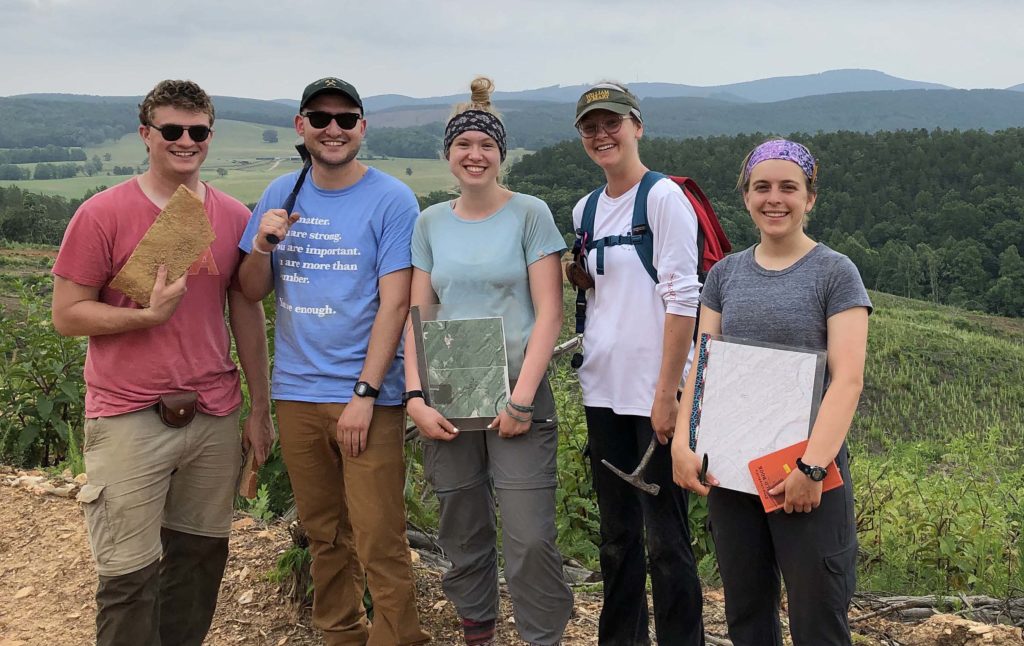
The Gladstone Gladiators, from left to right – Ryan Walter, Sam Belding, Amanda Sasina, Claire Rae (guest Gladiator), and Evan Laughlin.
We just finished our first week of fieldwork. The early summer weather was excellent as we completed our first traverses and collected many kilograms of samples. From our base camp at the James River State Park we ventured out to nearly all the corners of the Gladstone area.
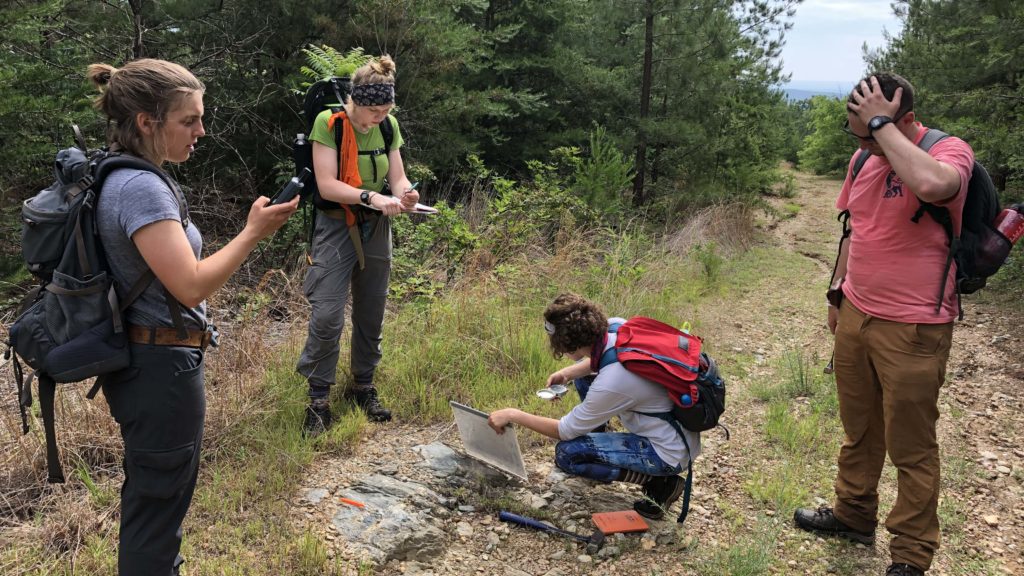
Gladiators collecting data at a small outcrop. How many are hard at work? How many are hardly working?
Last Tuesday, we left terra firma for a day of amphibious geology in canoes, completing a 10-kilometer river trek in which we circumnavigated the Smith Islands, a group of thickly forested alluvial islands along the James River. We first paddled upstream, against the current, examining outcrops in the river as we went. Our route took us along the outside of a broad meander in the river – it was a long slog. At the upper end of the Smith Islands, we turned the canoes downstream and let the current carry us along for an easy float on the river’s inside channel as we examined outcrops along the way. The day was a great success.
During our circumnavigation, we debated the origin of the Smith Islands. The islands are bordered by steep banks, but are nearly flat in their interior. They are composed of alluvial materials – sand, mud, and gravel deposited by the river. It’s most likely that, before becoming islands, this was part of the James River floodplain. At some point, however, a new channel was cut through the alluvial deposits, thereby isolating the Smith Islands from the ‘mainland’. The question is which channel came first – the outer channel or the inner channel? Another question is when did the Smith Islands become islands? All fun questions to debate from a canoe on a glorious summer day while paddling the river!
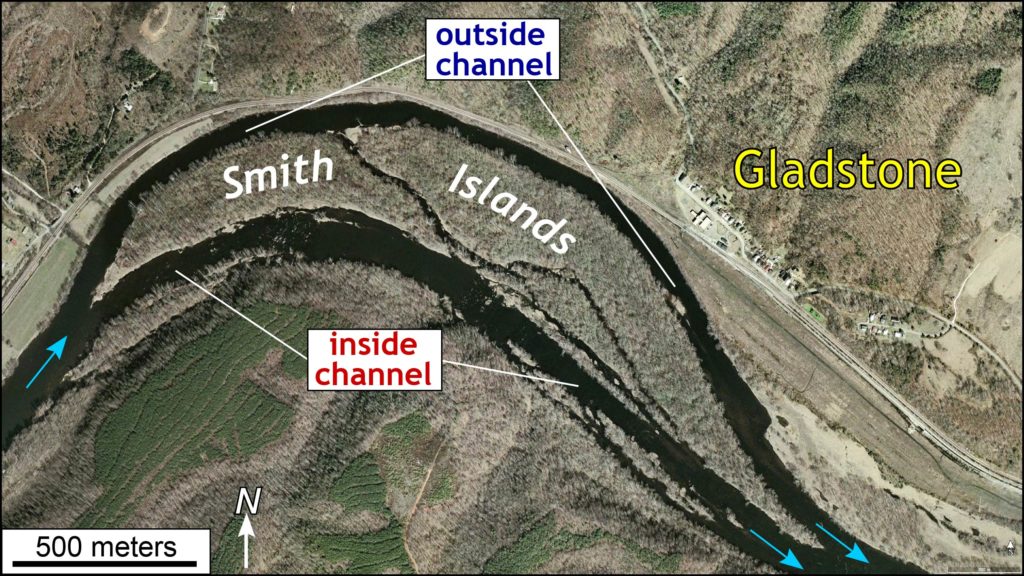
Annotated Google Earth image (from 2001) of the Smith Islands near Gladstone, Virginia. Which channel is older – the inside or the outside?
This week we’re back on campus and in the lab as the digital cartography begins. We’ll also slab our rock samples, prepare rocks for petrographic and chemical analysis, and plan our next field traverses.
For timely updates on the Gladstone Gladiators, check them out on Twitter and/or Facebook. Ryan Walter’s even got his own blog post.
As the summer marches on, I’ll report back on the Gladstone Gladiators and their geologic research in both the field and the lab.
Elsewhere on W&M Blogs
Comments are currently closed. Comments are closed on all posts older than one year, and for those in our archive.

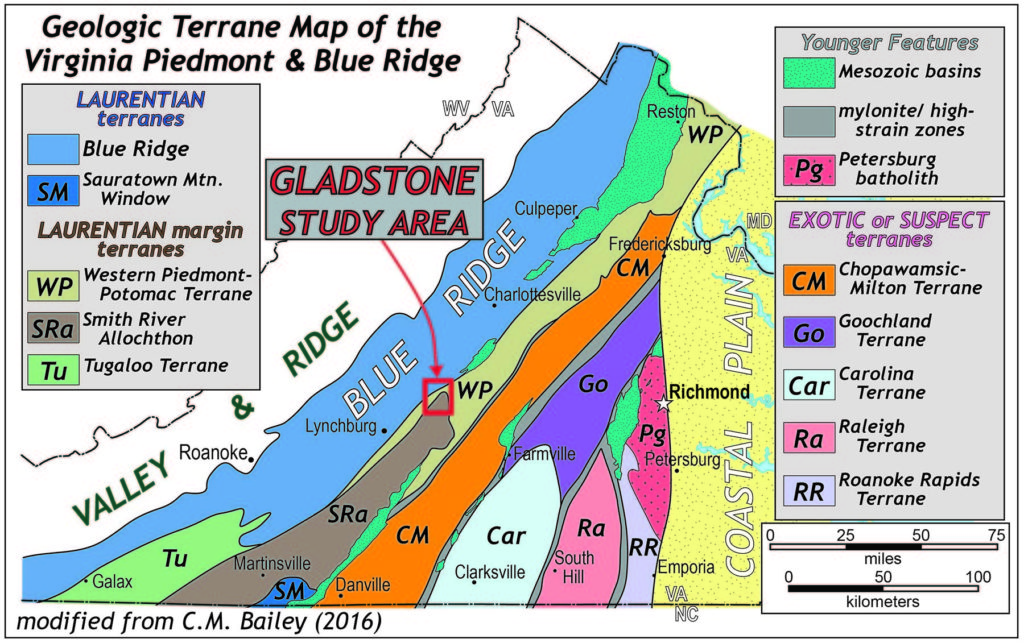
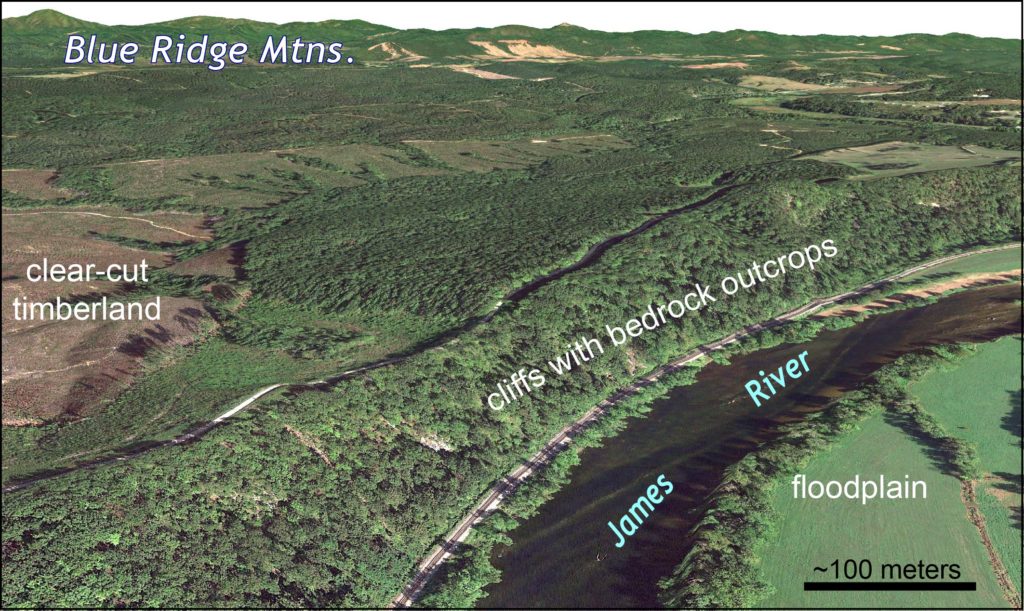
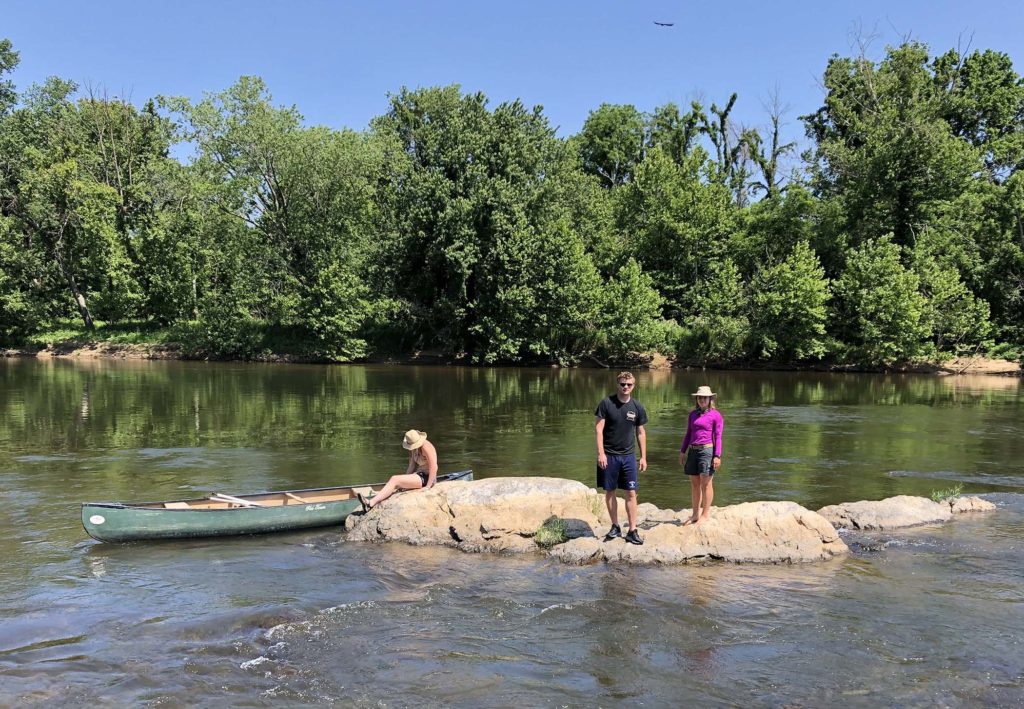
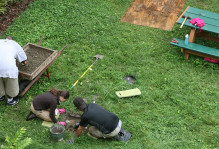
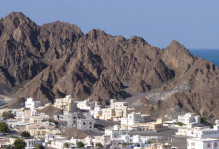
Another epic tale from Professor Bailey! How about the weather? the bugs? Keep up the good work
Gladstone may have fallen on hard times, but I’m sure the stones are glad to see you.